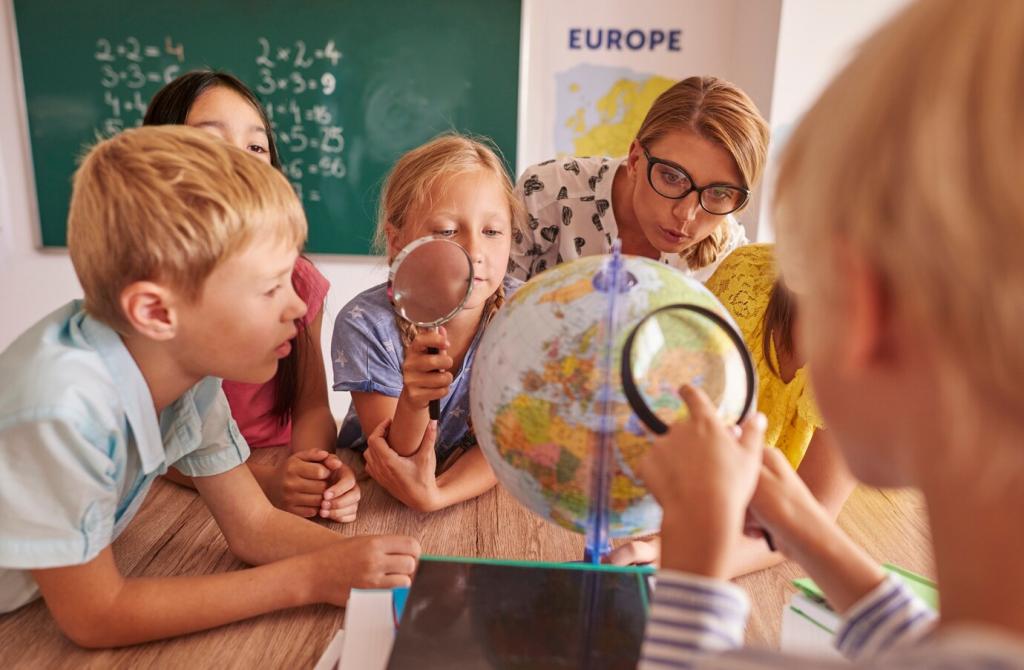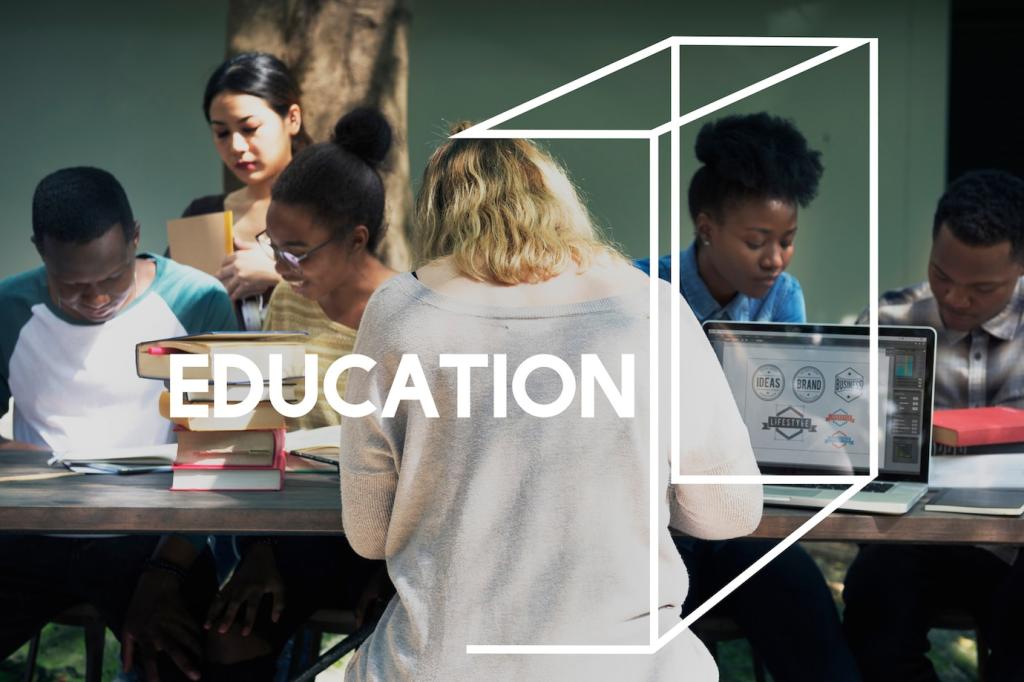Exploring Cutting-Edge Educational Technologies
Welcome to our living lab for Exploring Cutting-Edge Educational Technologies—a human-centered journey through tools, ideas, and practices reshaping learning. Dive in, question boldly, and subscribe to follow real classrooms turning tomorrow’s possibilities into today’s breakthroughs.

A Human-Centered Tour of Tomorrow’s Classroom
Interactive displays, cloud collaboration, and AI-enhanced note capture have replaced dusty erasers and lost handouts. What hasn’t changed is curiosity. Our goal is to amplify it, not distract it, using technology that empowers purposeful practice.
AI Tutors and Adaptive Pathways
Feedback at the Speed of Curiosity
AI tutors can spot misconceptions in minutes, not weeks. When students receive targeted prompts at the point of confusion, persistence rises. Pair this with teacher-crafted exemplars, and practice becomes precision without losing humanity or joy.
Anecdote: The Algebra Breakthrough
Maya dreaded factoring quadratics. With adaptive hints revealing one step at a time, she solved three progressively harder problems and recorded a short reflection. Her teacher noticed a mindset shift first, then a test score jump.
Try It, Then Tell Us
Pilot a single AI feature—like stepwise feedback—before adopting the whole platform. Track one metric and one story. Comment with your results, and we will feature a roundup of classroom-tested strategies in our next newsletter.
Immersion That Sticks: AR and VR for Deep Understanding
01
Field Trips Without Buses
A rural class used VR to visit coral reefs, then analyzed bleaching data in spreadsheets. The field trip connected wonder to evidence, turning awe into argument writing. Technology carried them there; inquiry brought them back.
02
Tactile Learning Reimagined
Augmented overlays help students manipulate molecules or visualize geometry proofs with hands and eyes working together. Layering kinesthetic cues onto cognitive tasks boosts retention, especially for multilingual learners who benefit from multimodal supports and concrete representations.
03
Designing for Inclusion
Accessibility matters: captions, audio descriptions, adjustable contrast, and gradual exposure reduce barriers. Start with short experiences and reflection prompts. Tell us how you scaffolded your first AR or VR lesson, and what you would refine next.



Ten-minute lessons can introduce a concept, prompt a retrieval practice, and link to a quick application. Sequenced well, microlearning composes larger capabilities without cognitive overload. Keep goals visible and celebrate incremental progress with reflective checkpoints.
Microlearning, Microcredentials, Macro Impact
Blockchain-backed badges can confirm authentic work samples and endorsements. When learners control their evidence wallet, opportunity expands beyond a single transcript. We discuss interoperability, equity, and assessment rubrics that keep credentials meaningful rather than ornamental.
Microlearning, Microcredentials, Macro Impact
Connected Labs: IoT, 5G, and Remote Experimentation
Anyplace, Lab Space
A city school streamed microscope feeds over 5G to home learners, while a rural class used low-cost sensors to monitor soil moisture. Shared datasets fueled collaborative hypotheses, making place a variable, not a barrier to science.
Real Data, Real Stakes
When students publish sensor findings to community dashboards, stewardship grows. They learn calibration, uncertainty, and ethics. Technology supports civic science, connecting technical fluency with purpose as learners see their work shape local conversations.
Share Your Setup
What combination of devices, platforms, and protocols made your connected lab run smoothly? Comment with your essentials, and we will build a community kit list with options for different budgets and bandwidth realities.
Preparing Educators for the Leap
Begin by naming the learning problem, not the tool. Then pilot one technique with clear success criteria and student feedback cycles. Technology should make your best practices easier, more equitable, and more visible to learners.


Preparing Educators for the Leap
One school paired teachers for ten-minute weekly ‘tech sprints’—micro-goals, quick tryouts, hallway debriefs. Adoption rose, but so did morale. Ritualized, low-stakes experimentation turned innovation into habit rather than a once-a-year workshop.
